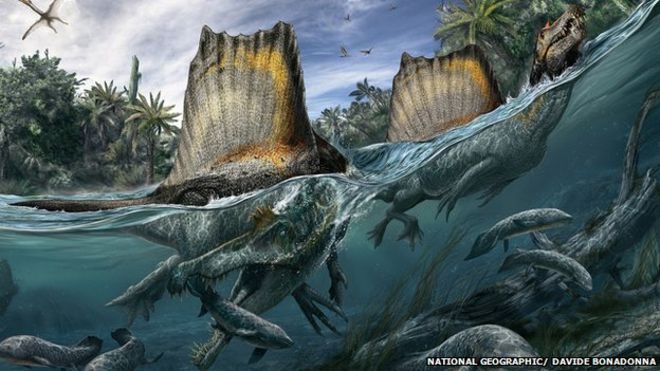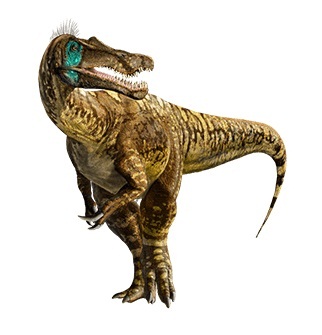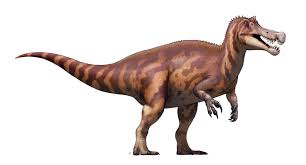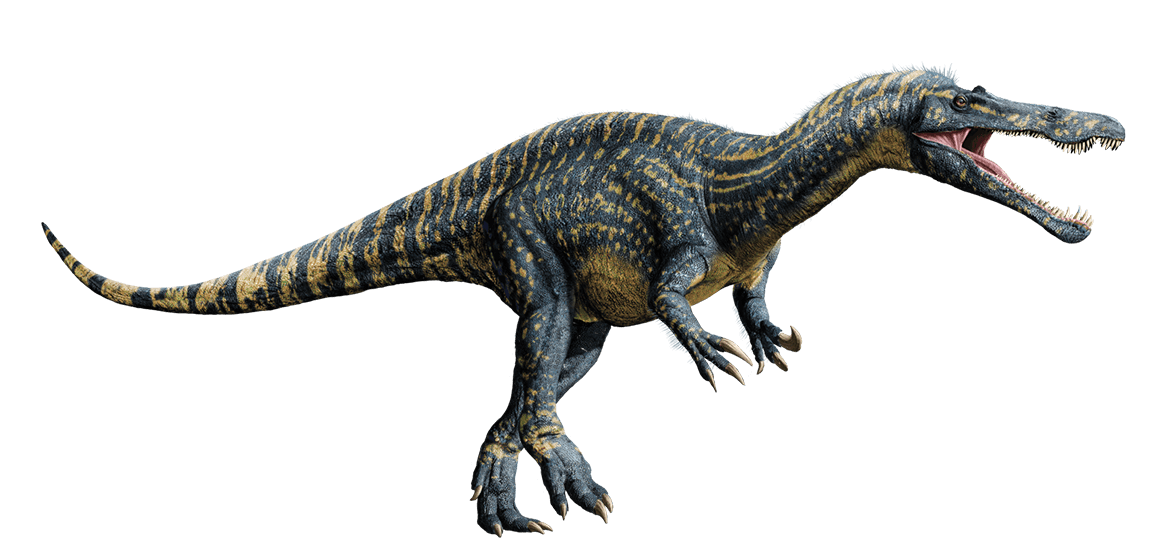.jpg)
.jpg)
Spinosauridea family pic made by cisiopurple
Spinosauridea is a genus of megalosauroid which are medium, to very lege size terropods. The species Spinosaurus is the largest terrestrial predator known, and likely reached lengths of 16 m (49 ft) or possibly more. Most spinosaurids lived during the medium to late Cretaceous Period, and fossils of them have been recovered worldwide, showing that the spinosauridae were an adaptable and rather successful family of Theropods. The range of these theropods spread throught all over the Africa, Europe, South America, Asia, and Australia. All known Spinosaurid species were rather large bipedal carnivores with crocodile-like skulls lined with teeth. Some species have had small crests on top of their heads. All known spinosaurid's shoulders were robust, bearing large forelimbs with enlarged claws; something that is extremely rare throught all known theropod species. Some Species from this genera exhibited unusually elongated neural spines, which might have supported sails/humps of skin or fat tissue. All known spinosaurid species diets were composed of both Terrestrial and Aquatic prey items; showing that the spinosauridae were rather generalistic carnivores.
The smallest spinosaurid species known was the Irritator, which it was between 6 to 8 meters in length and 1 tonne (1.1 short tons) in weight. While Ichthyovenator, Baryonyx, and Suchomimus ranged from 7.5 to 12 meters long, and weighing between 1 and 5.2 tonnes (1.2 and 5.7 short tons). Spinosaurus was the largest known spinosaurid species, capable of reaching lengths over than 15 meters (49 ft) and weighing between 8 and 20.9 tonnes (7.7 and 23.0 short tons), making the species the largest known terrestrial predator so far ! The Spinosauridae have had a phenomena that it extremely rare among all known theropod species & clade; the spinosaurids've had large arms with enlarged claws on their hands. They had sharp hook-shaped claws. Spinosaurus; the species from the family is known for; have had elongated neural spines, some even over a meter tall, which have been reconstructed as a sail or hump running down its back. In the case of Ichthyovenator, this sail is a half a meter at its highest, split into two at the vertebrae. The Suchomimus was also had a low, ridge-like sail over its hips, noticably smaller the Spinosaurus. Baryonyx, however, lacked a sail. Meanwhile these structures function/s are unknown, they might have had many proposed/theorotical functions, such as thermoregulation, to aid animal gather heat and/or cooling down, to store energy or insulate the animal, or for display purposes, such as intimidating rivals, predators, or attracting mates.

Image found on BBC.com

Image found on the DPG.com

Found on the Official Dionosaur Fandom.com

Image from JW wikia.com